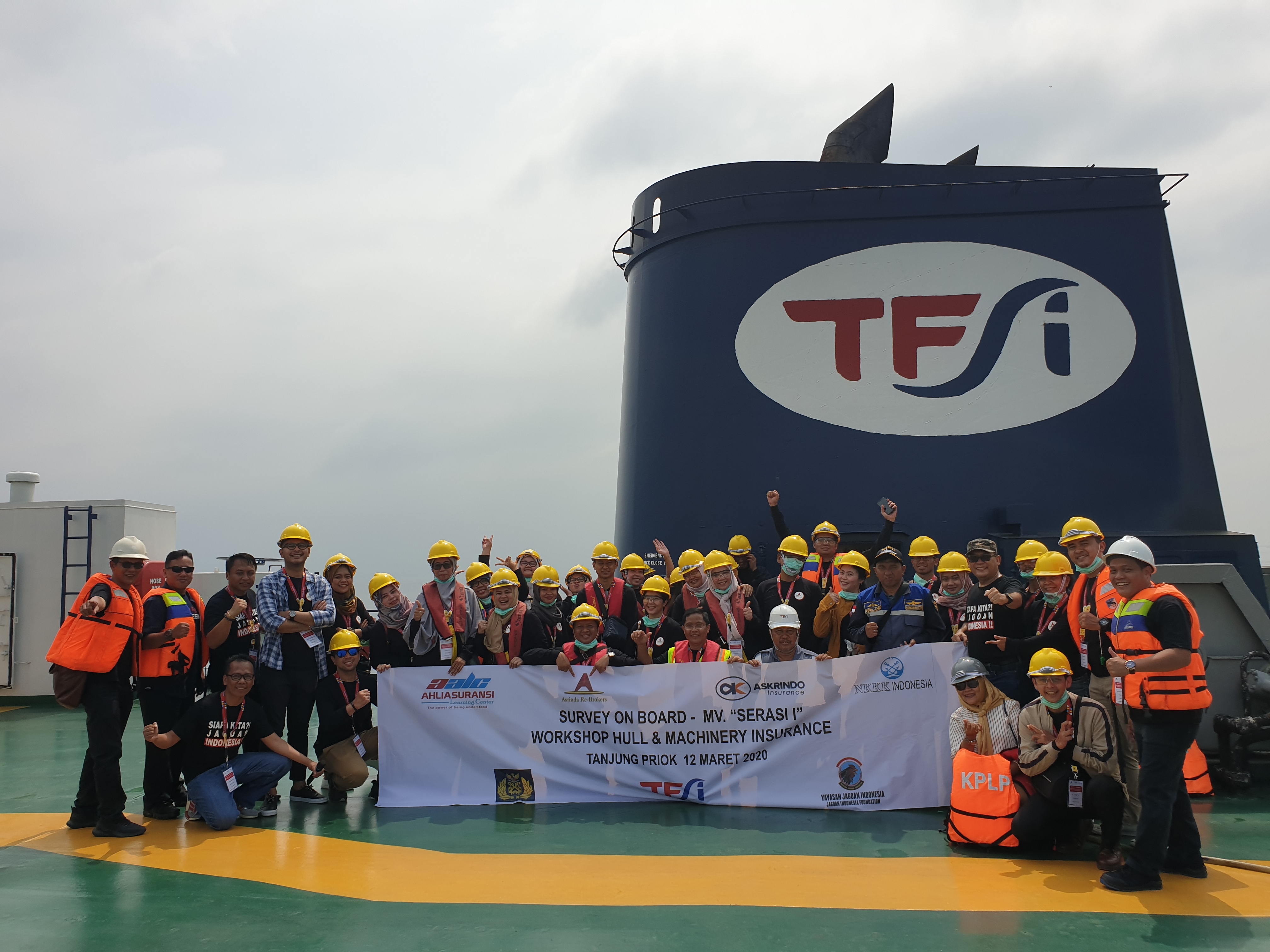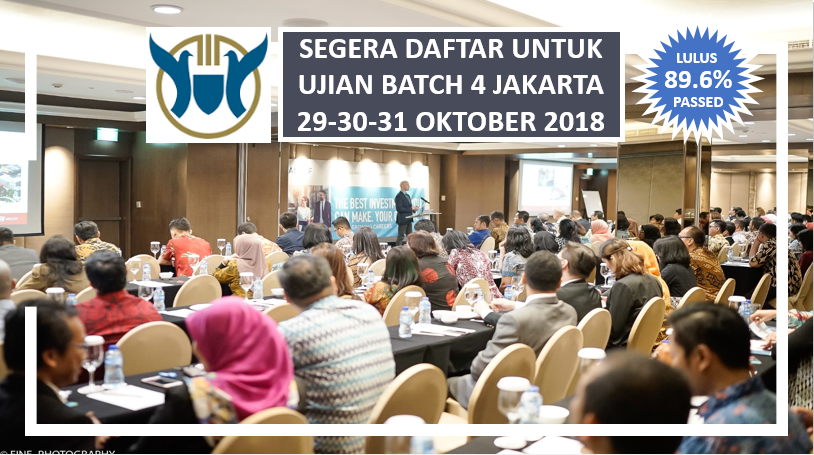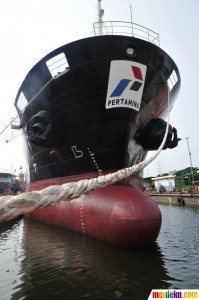The Difference between the Transportation of Frozen Meat and Frozen Food
- Wednesday, April 9, 2014, 23:30
- Marine Cargo, Marine Cargo Insurance
- Add a comment
In this issue, we will discuss the difference between the transportation of frozen meat and frozen food in relation to marine cargo insurance
According to Lloyd’s Survey Handbook, meat refers to “whole carcases covered with cotton stockinette, as for lamb, or in part carcases as for beef.” This type of meat is usually transported in a frozen or chilled state. For transporting frozen meat, whether as carcases or boned-out in cartons, the meat should have been thoroughly frozen and properly spaced out in equipment designed for the purpose before consigning to cold storage or transportation. Exporting and importing frozen meat is controlled by stringent regulations, such as obtaining certificates of quarantine etc.
However, if the cow is already cut into pieces, such as veal tenderloin, and packed properly for sale, this type of meat is treated as frozen food. Regulations for exporting and importing frozen food are far less stringent because this type of food has already passed strict regulations when it was in the form of carcases.
As such, insurance companies will impose the more complicated Institute Frozen Meat Clauses (A) in marine cargo insurance when transporting frozen meat, and when transporting frozen food, they will impose Institute Frozen Food Clauses (A) on the policy which is relatively less complicated and strict.
Terjemahan:
Perbedaan antara Transportasi Daging Beku dan Makanan Beku
Dalam masalah ini, kita akan membahas perbedaan antara transportasi daging beku dan makanan beku dalam kaitannya dengan asuransi marine cargo
Menurut Lloyd Survey Handbook, daging mengacu pada potongan besar daging seperti daging domba, atau daging sapi. Jenis daging biasanya diangkut dalam keadaan beku atau dingin. Untuk mengangkut daging beku dalam potongan besar, baik sebagai carcases atau boned-out dalam karton, daging harus benar-benar beku dan ditempatkan dalam peralatan yang dirancang khusus untuk tujuan tersebut sebelum masukkan ke cold storage atau alat transportasi lainnya. Mengekspor dan mengimpor daging beku dikendalikan oleh peraturan ketat, seperti harus memperoleh sertifikat karantina dll
Namun, jika sapi sudah dipotong-potong kecil, seperti daging sapi tenderloin, dan dikemas dengan baik untuk dijual, jenis daging seperti ini diperlakukan sebagai makanan beku (frozen food). Peraturan untuk mengekspor dan mengimpor makanan beku jauh lebih longgar (dari pada daging beku) karena makanan jenis ini sudah melewati peraturan yang ketat ketika masih dalam bentuk potongan besar (frozen meat).
Dengan demikian, perusahaan asuransi akan menggunakan klausul yang lebih ketat yaitu Klausul Institute Beku Daging (A) (Institute Frozen Meat Clauses (A)) dalam asuransi marine cargo ketika mengangkut daging beku (frozen meat), dan sebaliknya ketika mengangkut makanan beku (frozen food), mereka akan memberlakukan Klausul Institute Makanan Beku (A) (Institute Frozen Food Clauses (A)) yang mana ketentuan Frozen Food jauh lebih longgar ketentuan Frozen meat yang relatif lebih rumit dan ketat.
Baca juga :
Institute Frozen Food Clauses (A)
Institute Frozen Food Clauses (C)
Institute Frozen Meat Clauses (A)
Institute Frozen Meat Clauses (A) – 24 Hours breakdown
Institute Frozen Meat Clauses (C) – 24 Hours breakdown
Original source:
https://www.msig.com.hk/insights/tips_detail.asp?productid=marine&detailid=3476
About the Author
Write a Comment
Gravatars are small images that can show your personality. You can get your gravatar for free today!







